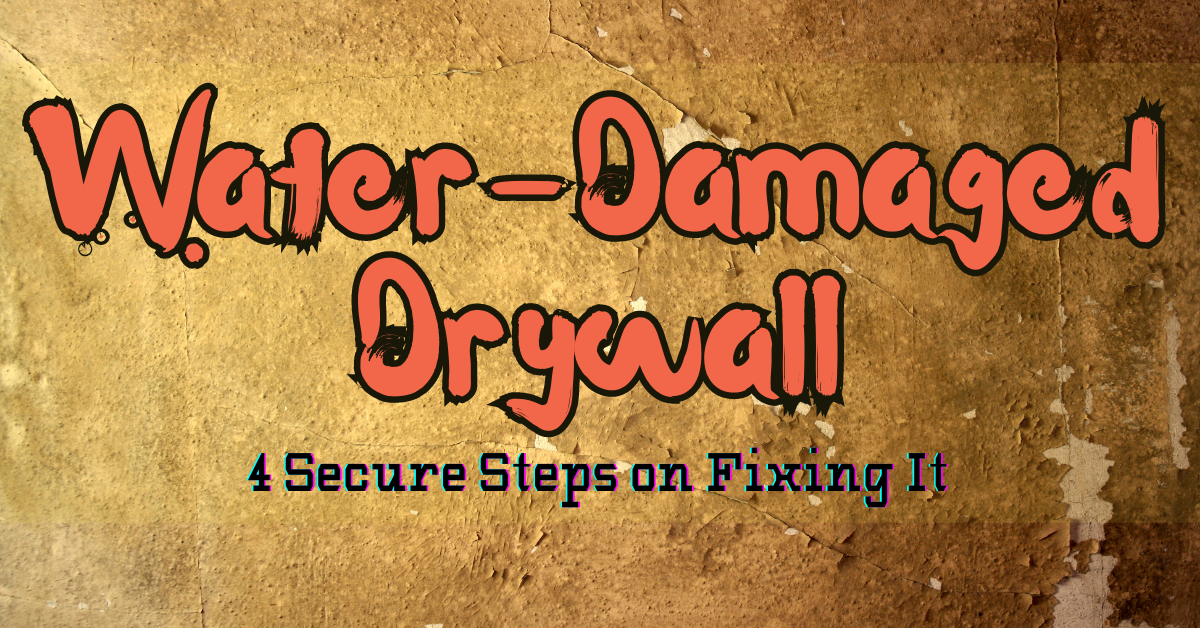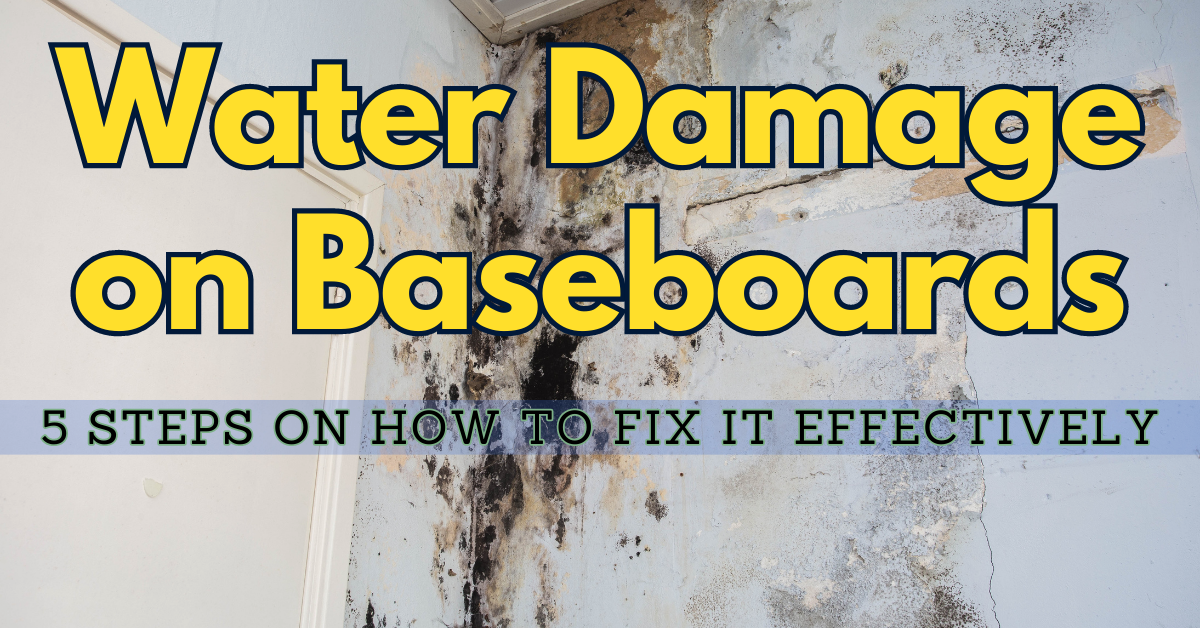
Water-damaged drywall is one of the most common issues a homeowner can experience. It is because there are a lot of sources in your drywall that can get exposed to water. For instance, walls can be damaged by just a simple leak from a broken pipe or by a natural disaster such as flooding. Quick action is necessary for fixing and salvaging your water-damaged drywall. Because when water sits for a longer time, steady moisture could result in mold growth and might require mold removal.
What Is Drywall And What Is It For?
Drywall is a great material for the interiors of your home. It is cost-effective and can be used in creating design features. Because it is easy to install and requires simple repair when damaged, it became a standard construction material used in most homes and buildings.
It is named in many ways, plasterboard, wallboard, sheetrock, or gypsum board. A drywall is a panel of gypsum (calcium sulfate dihydrate) that is inserted in the middle of two types of paper. Aside from the fact that it adds beauty to the interior of your home, drywall is also used to add fire-resistance at walls and ceilings, controlling the spread of fire and giving time for people to evacuate the area.
On the downside, gypsum is porous and absorbent in water. When the drywall absorbs some amount of water, the tendency is, it gets heavy that will make it difficult for the screws or nails to hold it in its place. Moreover, when the water damage is severe it requires replacement.
Identifying Your Water Damaged Drywall
The usual signs of water damaged drywall are stains, change of color, sagging, crumbling, and others. However, the best way of identifying whether your drywall is damaged or not is by poking it with your finger. You will know that your drywall is damaged when you poked it with little pressure and it moves or when you can make a small divot with your finger.
To know the location of the damage, get a hammer and a nail. Poke a hole into the drywall, moving out at the circular perimeter of the damaged area. When you hit a solid thud, and the nail has white powder on it, then you already hit the location of the damaged area.
Fixing Water Damaged Drywall
Now, that you have found the location of the damaged area, it is time to fix your water damaged drywall. Fixing water-damaged drywall requires some prep work and is a bit messy. But with a little patience, care, and knowledge, you will be able to remove and fix any signs of damage. Below are the steps you can follow in fixing your water-damaged drywall.
Step 1: Remove the Damaged Sections.
When the drywall has minor damage, you can simply dry it. But if it is cracked, sagging, and crumbling, it must be removed. When removing the damaged area, form a rectangle or square shape. Using this shape in removing your drywall will make it easier for you to cut and fit patches. Cut out the damaged area between two studs, then remove it.
Use a drywall or keyhole saw to remove the damaged section. Be careful for wires and plumbing as you go. Have more patience in doing it.
Step 2: Dry Water-Damaged Walls.
Drying the affected area will help in preventing additional damage and mold growth. Make sure to completely dry the area. You can use blowers, dehumidifiers or advanced equipment to do the job. Keep it on until your wet drywall and studs are fully dried out.
Step 3: Repair Cracked Area or Install New Drywall.
For the minor damage of your drywall, patch the damage with a joint compound. You can purchase a joint compound at your local hardware shop. Apply some drywall tape if necessary. For large water damaged sections, install new drywall. Cut the drywall a little bit bigger than the hole. Place it around the hole and secure each side to the suds with the drywall screws. Then, apply tape and joint compound to match it with the existing drywall. Apply joint compound several times for a smooth and better surface. Let it dry overnight.
Step 4: Paint the Restored Area.
Sand the joint compound until it is flat and even with the surrounding drywall. When it is uneven, apply the compound again and let it sit overnight. When dry, smooth and even, paint the drywall. It is better to paint the entire wall to have an even color throughout.
Prevent Water-Damaged Drywall
If it is likely that the area will have water damage again, avoid using drywall. Alternatively, use waterproof hardboard made from pressed wood fibers or waterproof composite material. Make sure to do proper maintenance to avoid the same water damaged problem in the future.
Have Water-Damaged Drywall?
Fixing a water damaged drywall is time-consuming and requires a lot of effort. It can cause you anxiety and annoyance, most especially if you have no experience doing it. You have to completely fix the problem to avoid any further damage.
Let professionals handle your water-damaged drywall. They are skilled and experience in the field of water damage restoration. They will do all the necessary steps in bringing back your drywall into its former state.
Trust Superior Restoration. Call us now!




